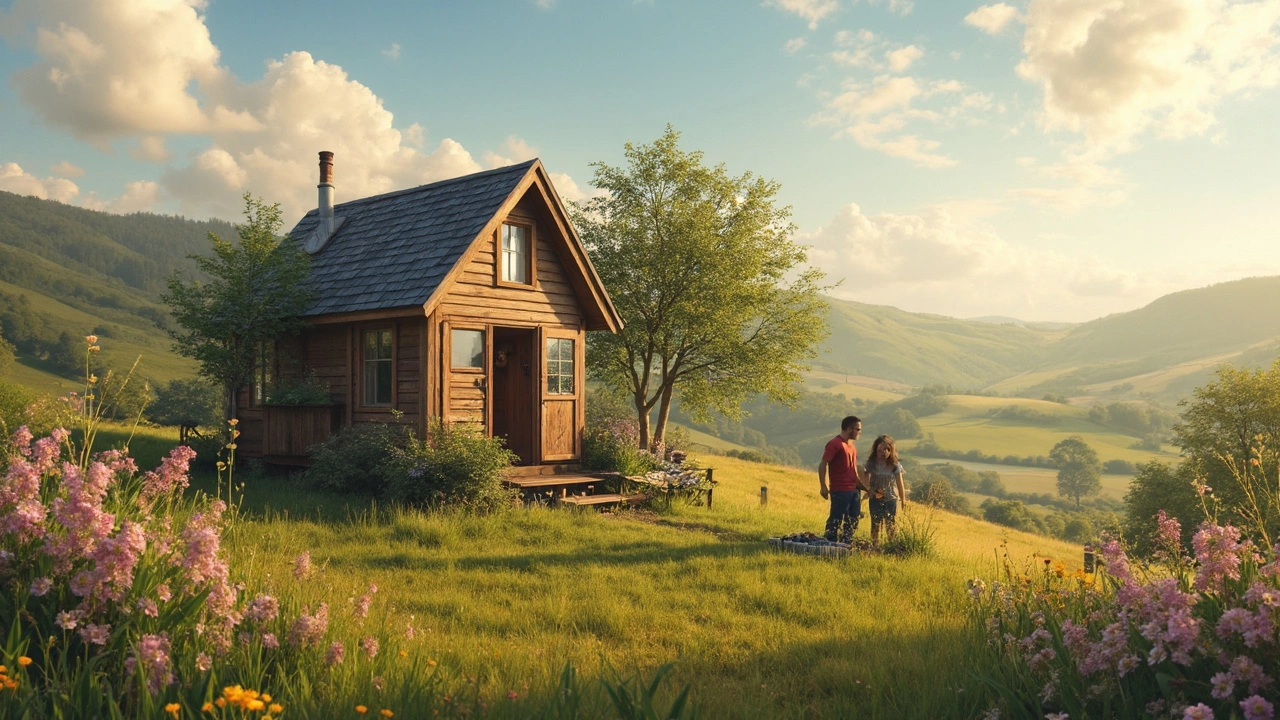Lifespan of UK Cottages: What to Expect and How to Extend It
If you’re buying or renting a cottage, the first question on your mind is probably "how long will it last?" Knowing the typical lifespan of a cottage helps you plan maintenance, budget, and future income. In the UK, a well‑built cottage can serve you for 50‑100 years or more, but that depends on a few key factors.
What Determines a Cottage’s Lifespan?
First off, the age of the structure matters. Older stone cottages often have solid foundations and thick walls, which give them a natural durability. However, they may need more frequent roof repairs or chimney work. Newer timber‑frame homes are quicker to build and can be cost‑effective, but they rely on proper ventilation and regular checks for damp.
Materials are the next big factor. Stone, brick, and slate are the classics for a reason – they resist weather and wear. Modern roofing membranes and insulated windows add another layer of protection, extending the useful life of the property.
Location plays a role too. Cottages on the coast face salty air, which can corrode metal fittings faster. Those nestled in the countryside might deal with higher humidity, leading to mould if not ventilated well. Understanding the local climate helps you pick the right finishes and maintenance schedule.
Maintaining Your Cottage for Maximum Longevity
Routine checks are the cheapest way to keep a cottage alive for decades. Start with the roof – a simple visual inspection once a year can spot loose tiles or moss that holds moisture. Clear gutters regularly; a blocked gutter is a fast track to water damage.
Next, focus on the walls. For stone or brick, look for any cracking or mortar erosion. Re‑pointing mortar every 20‑30 years restores strength and keeps moisture out. If you have timber‑frame walls, ensure there’s a breathable insulation layer to avoid trapped damp.
Don’t forget the plumbing and electrics. Old copper pipes can develop leaks, especially in colder months. Replacing them with modern PEX piping can prevent costly water damage and improve water flow. For electricity, have a certified electrician test the wiring every five years – it’s a small price to pay to avoid a fire hazard.
Finally, consider the interior finishes. Hardwood floors need occasional sanding and resealing. Paint a fresh coat every 5‑7 years to protect plaster and keep the cottage looking bright.
By staying on top of these tasks, you’re not just preserving the building; you’re also protecting the rental income it generates. A well‑maintained cottage commands higher nightly rates and attracts repeat guests, which can significantly boost your return on investment over its lifespan.
In short, a UK cottage can easily outlive its original owners if you respect the building’s materials, monitor the local environment, and schedule regular upkeep. Treat the property like a living thing – feed it maintenance, and it will keep rewarding you for many years to come.
Tiny House Lifespan: What You Need to Know
Tiny houses are all the rage, but how long do they last? Understanding the lifespan of a tiny house is crucial for anyone considering this eco-friendly lifestyle. From construction materials to maintenance tips, this article dives into the factors affecting how long your tiny abode can stand the test of time. Discover practical advice on keeping your tiny home in top-notch condition. Plus, learn interesting facts that can help you maximize your investment.
- Feb, 7 2025
- 0 Comments
